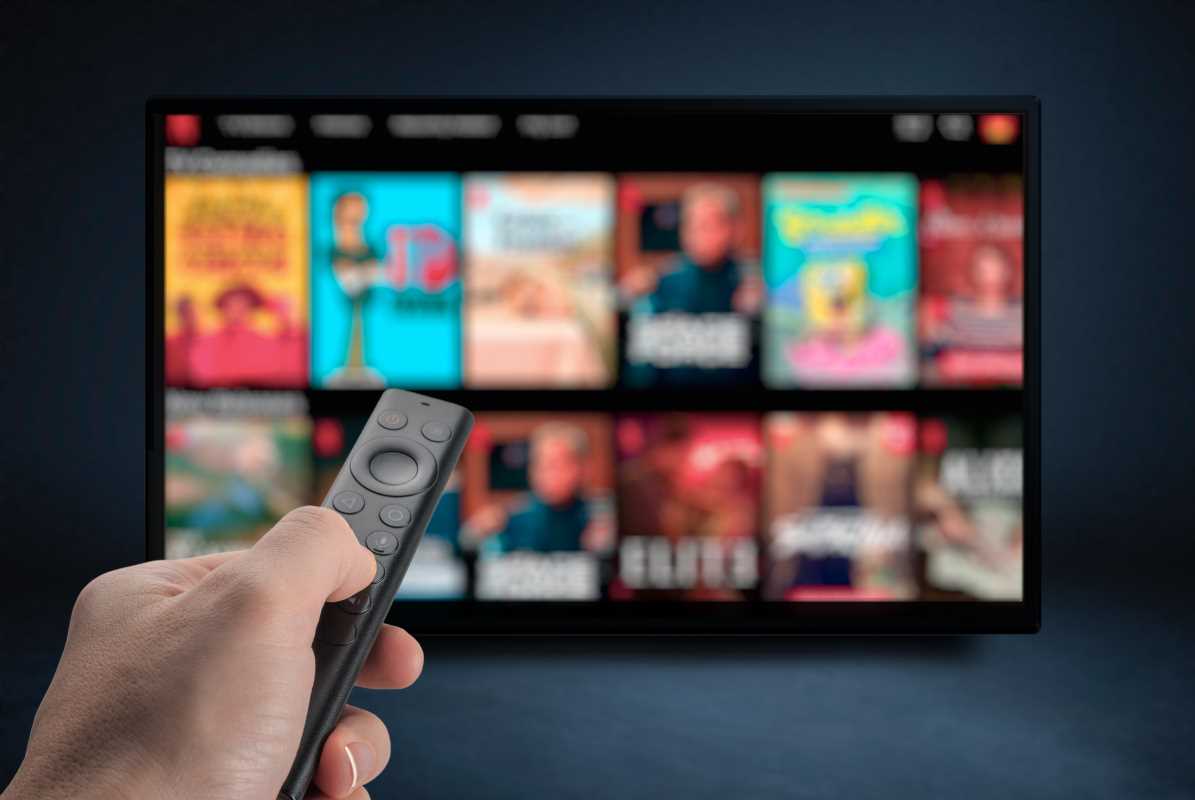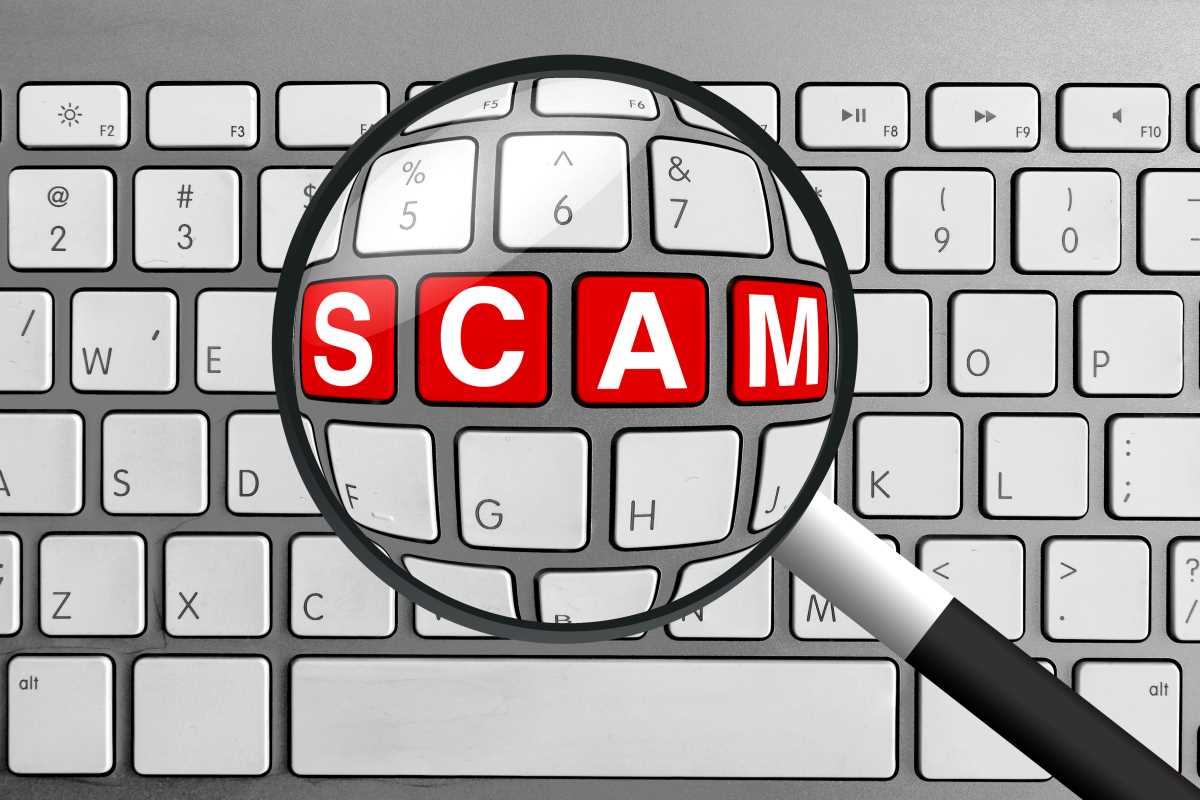Overspending can sneak up on anyone. Before you know it, small purchases stack up, leaving your budget in shreds. A no-spend challenge is a clever way to hit the brakes on unnecessary expenses and take control of your finances. It’s about choosing a set amount of time to only spend money on essentials, helping you save cash and reset your spending habits. This process might sound like a lot, but with the right plan, it’s completely doable. Follow these tips, and you’ll know how to prepare for a no-spend challenge, avoid temptation, and celebrate your savings success.
Define Your No-Spend Rules
Start your challenge by figuring out what "no-spend" really means for you. Everyone’s financial situation is different, so your rules should fit your lifestyle. Necessities like rent, utilities, and groceries usually stay on the “allowed” list. Extras like takeout, clothes shopping, or streaming subscriptions might go on hold.
Deciding how long to stick with the challenge is also important. A week-long challenge might feel less overwhelming for beginners, while experienced budgeters can tackle a full month. The key is balancing ambition with realism so the challenge doesn’t feel impossible.
Map Out Your Essentials
Preparing for a no-spend challenge requires an honest look at your basic needs. A good way to start is by creating a list of essentials. Everything that keeps your household running smoothly, like gas for your car, medication, or baby supplies, should make the cut.
Getting organized before the challenge begins can take some of the stress out of sticking to your goals. Stocking up on pantry staples or prepping coffee at home can help you avoid those tempting stops at the drive-thru.
Set a Motivating Goal
Giving your no-spend challenge a purpose makes it much easier to stick with. Think about what you want to accomplish by cutting out unnecessary expenses. Maybe you want to save up for a vacation, build an emergency fund, or just shrink your credit card balance.
Having a concrete goal creates motivation that feels more rewarding than giving up random purchases without a reason. Write down your goal or create a tracker so you can clearly see progress during the challenge.
Identify Your Spending Triggers
Impulse spending often happens on autopilot. Identifying what makes you reach for your wallet is a must to breaking the habit. Start by tracking non-essential purchases for a few weeks before the challenge. Patterns will quickly emerge.
For some, scrolling through social media leads directly to online shopping. For others, boredom or stress is the culprit. Once your triggers are clear, find alternative ways to cope. Swap scrolling for a free hobby, or channel stress into exercise or journaling instead of shopping therapy.
Plan Free Activities
Eliminating spending doesn’t mean giving up fun. Creating a list of free activities keeps boredom at bay during your challenge. Check out local hiking trails, borrow books from the library, or host a board game night with friends.
Streaming services might feel like a harmless expense, but canceling unused subscriptions for even one month can add extra savings to your challenge. Instead, check out free entertainment options online, like virtual museum tours or free concerts on YouTube.
Prep Meals and Snacks
Dining out is one of the trickiest habits to break, but planning meals ahead of time simplifies the process. Cooking at home saves a ton of money and gives you control over your grocery budget.
Batch cooking on the weekends is a game-changer for sticking to a no-spend challenge. Whip up a big pot of soup or pasta sauce, and portion it out for easy-to-grab lunches or dinners throughout the week. Keeping snacks handy prevents costly impulsive runs to the vending machine or fast-food drive-thrus.
Create an Accountability System
Sharing your challenge with a friend or family member builds accountability. Knowing someone else is rooting for your success makes resisting temptation easier. Some people even start no-spend challenges as a group for added support.
Posting progress on social media or joining budgeting communities online can also serve as a motivational boost. Fellow participants might share creative solutions or ideas you hadn’t considered, making the experience more enjoyable and effective.
Keep Rewards Non-Material
Celebrating achievements during a no-spend challenge doesn’t mean cheating on your goals. Instead of splurging, focus on non-monetary rewards. Plan a relaxing self-care day at home or schedule quality time doing something you love, like gardening or crafting.
Another great reward is tracking how much you’ve saved by sticking to the challenge. Watching your savings grow is its own motivation and incentive to keep going, even after the challenge ends.
Adjust Your Budget Post-Challenge
One of the best parts of a no-spend challenge is discovering which expenses you truly don’t miss. Use the insights gained to build long-term habits. That subscription service you forgot to cancel but didn’t miss? It’s time to drop it for good. Love the creativity of home cooking? Keep experimenting with new recipes to avoid the urge to dine out.
Updating your monthly budget to reflect these takeaways means you’ll continue enjoying the financial benefits long after the challenge wraps up.
Manage “Slip-Ups” Without Guilt
Nobody’s perfect. Unexpected expenses or moments of weakness can happen, but they don’t have to derail your no-spend challenge. The key is focusing on progress, not perfection.
If you do slip up, evaluate what happened. Did boredom trigger the purchase? Did you forget to plan ahead? Learning from these moments makes them less likely to happen in the future. Getting back on track right away keeps you moving towards your goals without guilt or frustration.
 (Image via
(Image via
.jpg)




